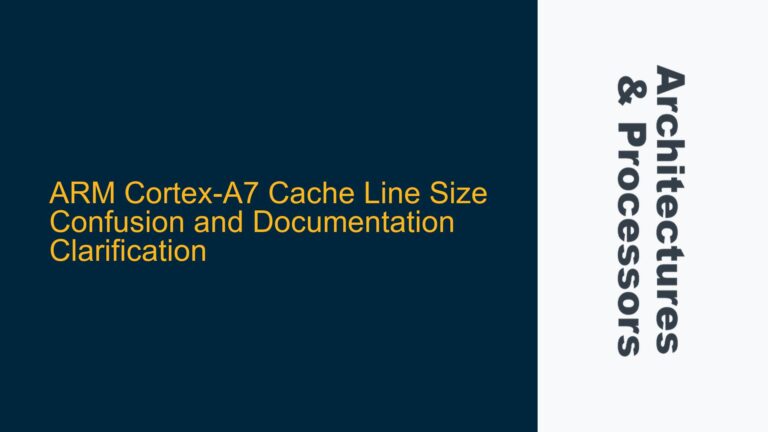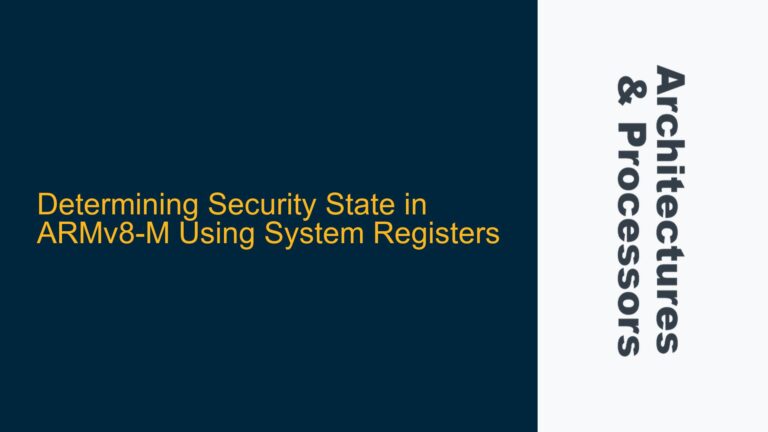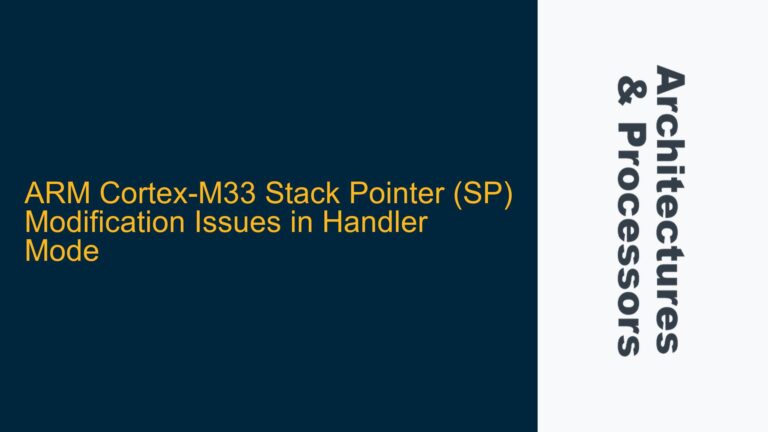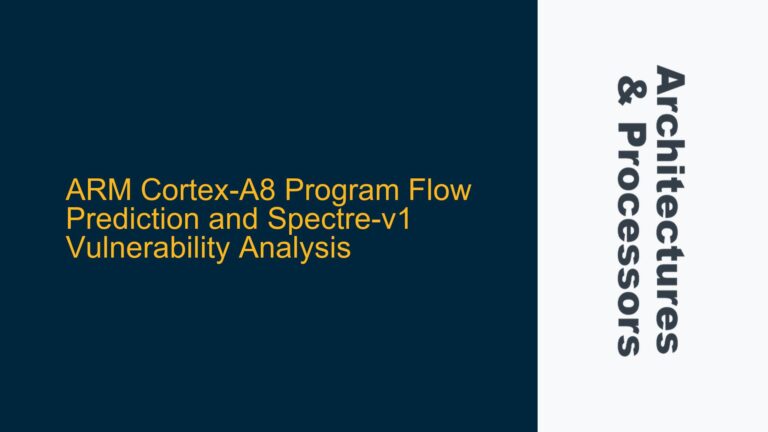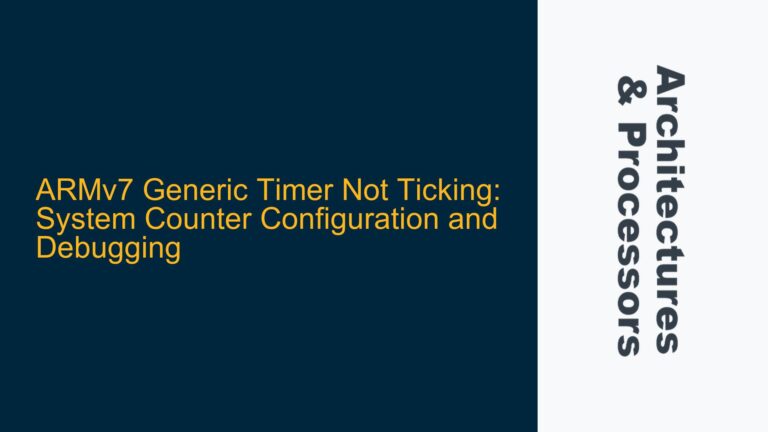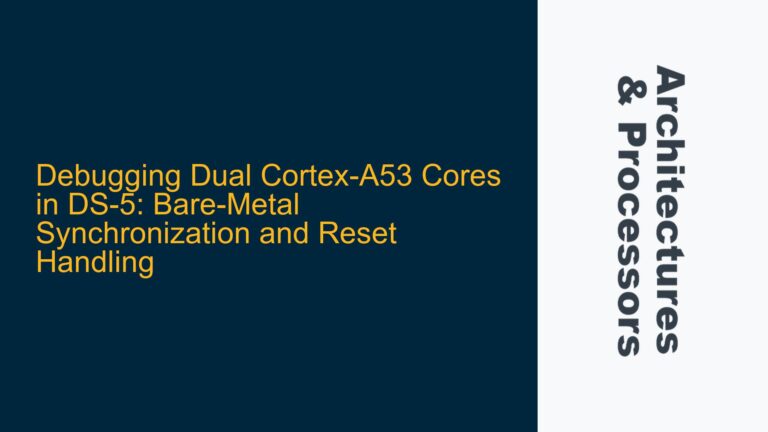ARM Cortex-M3 Timer0 Miscalculation: Debugging 10x Delay in Timer Interrupts
Timer0 Configuration and Expected Behavior The core issue revolves around the Timer0 peripheral on the LPC1768 microcontroller, which is based on the ARM Cortex-M3 architecture. The Timer0 is configured with a master clock source of 12 MHz, which is multiplied to a core clock (CCLK) of 100 MHz using the Phase-Locked Loop (PLL). The peripheral…

